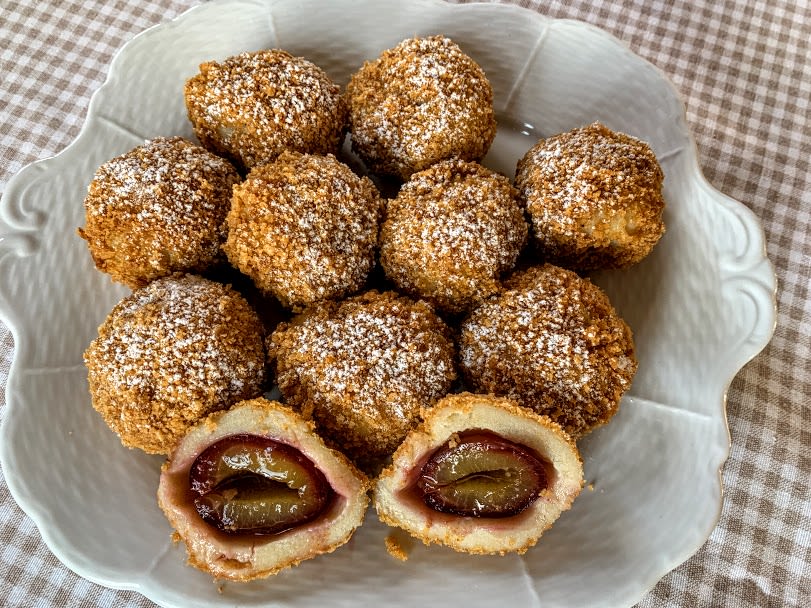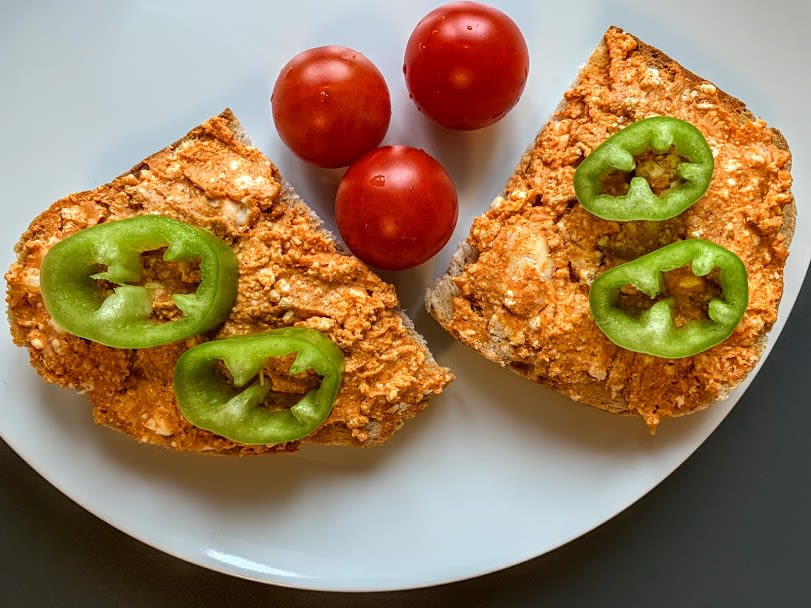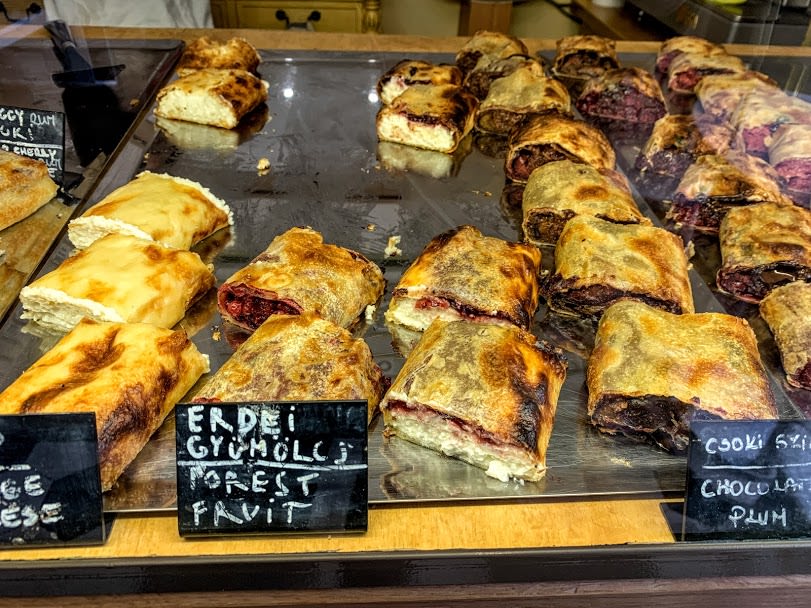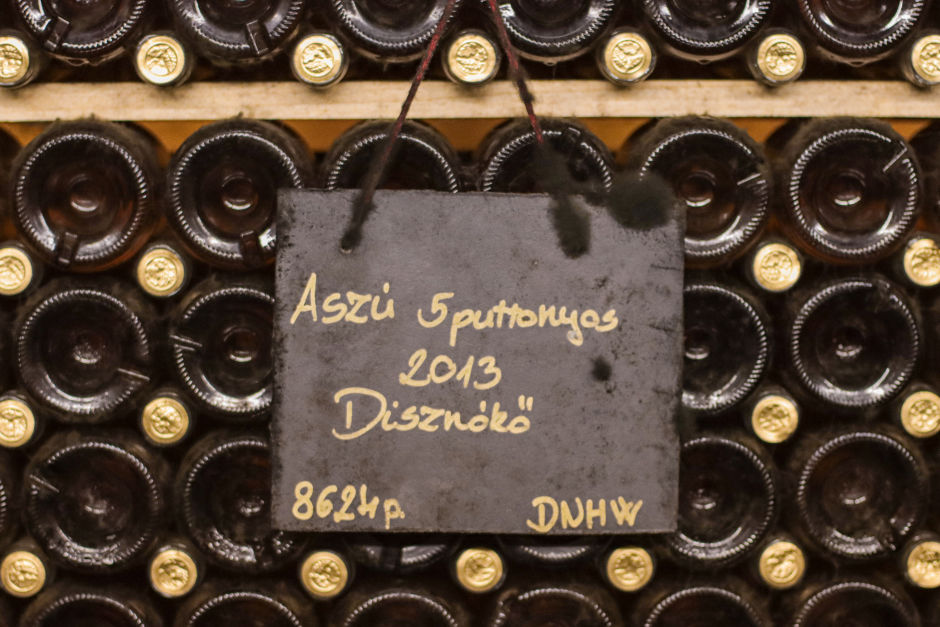For people who live far from Hungary, finding the familiar flavors of their native land can be a challenge. I surveyed Hungarians in the United States to find out what they miss most from their grandmothers’ kitchens.

My content is free and independent. If you've enjoyed this article, please consider supporting me by making a one-time payment (PayPal, Venmo).
Don't blame me if the below passages will make your mouth water. As with me, they might also inspire you to fire up some YouTube cooking tutorials to try your hand at the Hungarian classics — perhaps a semolina porridge (tejbegríz) if you’re a beginner, or a Jókai bean soup if more advanced.
Note that there are thousands of Hungarians and Hungarian-Americans in the United States, so, naturally, this survey represents just a tiny portion of them. But I tried to capture a cross-section of people and a wide age range. For example, one of the respondents, István Deák, arrived in New York in 1956, after surviving WWII labor service in Hungary and before building a glorious academic career at Columbia University (note: István passed away in 2023; you can read about inspiring life here). Other respondents left Hungary in more recent years.
The respondents (dates show when they each came to the U.S.): István Deák (professor emeritus; 1956), György Springer (professor emeritus; 1956), András Körner (writer; 1967), Benedek Székely (finance professional; 2010), Eszter Minár (NGO worker; 2010), Lívia Vass (finance professional; 2010), Dániel Csaba (economist; 2011), Andrea Nehéz (chocolate maker; 2012), Mátyásné Lukács Zsuzsanna (nanny; 2012), Barna Szász (filmmaker; 2017).
The answers have been lightly edited for length and clarity.

#1 - What dish did most define your childhood and why?
István Deák: Semolina pudding (tejbegríz) with cinnamon or cocoa powder and sugar. This was what my sister and I got at least twice a week. Later, plum dumplings (szilvásgombóc), stuffed cabbage (töltött káposzta), lungs with bone marrow and bread dumplings (tüdő csontvelővel, gombóccal), and roast goose (libapecsenye); the last item was more of a dream than reality.
György Springer: The layer potatoes (rakott krumpli) of my grandma.
András Körner: Layer potatoes (rakott krumpli). My mother made this fairly well, with the exception that by the end of a month, when she had little money left from my father's salary, she omitted the sausage slices from it.
Benedek Székely: The culinary experiences of my childhood were defined by a person rather than a dish: my grandmother. She would make palacsinta (Hungarian pancakes) in three pans in parallel to feed her ten grandchildren. Strictly on Fridays, because Catholics don't eat meat on Fridays. One Christmas, she made 72 rolls of bejgli, a typical Christmas pastry.
Eszter Minár: Beef broth with angel hair pasta (húsleves) followed by schnitzel with mashed potatoes, which we often ate for a Sunday family lunch. And also egg noodles (tojásos nokedli) and a side of butter lettuce with sweet vinaigrette on the first day of spring.
Lívia Vass: Stuffed peppers (töltött paprika) with tomato sauce, because my mom made the best one. She used home-grown ingredients, and the dish perfectly balanced savory and sweet flavors. I couldn't stop eating it.
Dániel Csaba: Chicken liver pâté. My grandmother always prepared some when my sister and I stayed with her; it has become a family staple.
Mátyásné Lukács Zsuzsanna: My grandma used to make amazing schnitzels and plum dumplings (szilvásgombóc). She also kept farm animals, so I loved the liver sausage (májas hurka) we prepared every year before Christmas. She even raised pigeons for food, so on rare occasions we had pigeon soup. It has a gamey taste.
Andrea Nehéz: Plum jam-filled dumplings (szilvalekváros derelye). I spent the summers in a tiny village in Szatmár, in northeastern Hungary, which is known for its plum orchards. Everyone had plum trees in the village. I was actually born during plum harvest — members of my family were picking plums when someone stopped outside the house and shouted over the fence “Andi has been born!” My aunt’s family still makes jam the traditional way: they cook down the plums into a rich mush in a large iron kettle over fire. 100 percent fruit, without sugar or additives. It’s wonderful.
Barna Szász: My mom never really cooked typical Hungarian dishes — I think because she preferred healthier choices — but kiflifelfújt was one of the exceptions (it’s not healthy either). Kiflifelfújt or kiflikoch must have been popular because it’s cheap but filling and delicious. It consists of leftover bread that’s bolstered with milk, eggs, and sugar and then oven-baked. Túró Rudi snack was another essential: between the ages of 4 and 20, I had one every morning.

#2 - Soup is central to Hungarian cuisine. Do you have a favorite?
István Deák: Beef or chicken broth with liver dumplings or matzo balls, and noodles (macesz / májgombóc leves). Also aspic (kocsonya), in case it counts as a soup.
György Springer: Goulash soup.
András Körner: Goulash soup and Jókai bean soup.
Benedek Székely: All of them. I like the hefty traditional soups like fish soup (halászlé) or goulash, but also the healthier ones that are essentially hot vegetable smoothies. I remember I used to ask for a creamy mushroom soup for my birthdays as a child. In Hungary, people don't just have a cup of soup but often enjoy second helpings. If I ever opened a Hungarian restaurant in New York, soup would be served from a large tureen to the whole table.
Eszter Minár: Chicken tarragon soup (tárkonyos csirkeraguleves).
Lívia Vass: Green bean soup (zöldbab leves).
Dániel Csaba: Too many. One of them is probably a broth cooked with pork backbone and a lot of vegetables (orja leves).
Andrea Nehéz: I love soups, it’s difficult to pick just one. I’ll go with a classic, deeply flavorful chicken soup (tyúkhúsleves).
Mátyásné Lukács Zsuzsanna: Beef broth (húsleves).
Barna Szász: In Hungary, my favorite soups were pumpkin soup (sütőtökkrémleves) and my grandma’s sorrel soup (sóska leves). But since I moved to the U.S., I have a constant craving for goulash – especially in the winter, because that's typically when I had goulash in Hungary.

#3 - Is there a Hungarian dish you wish were readily available in your current hometown?
István Deák: You can often get what they call “Hungarian wedding soup” at the Westside Market in Manhattan. I don't not know of a Hungarian restaurant in New York City.
György Springer: Stuffed cabbage (töltött káposzta).
András Körner: Not really. Hungarian restaurants, even when they existed in NYC, used to be rather mediocre. Perhaps I'm conceited, but I preferred my own cooking at home.
Benedek Székely: Fish soup (halászlé). It’s a signature dish of Hungarian cuisine and eating it is a full-body experience; you can easily get (food) drunk on it, without consuming any alcohol.
Eszter Minár: Pogácsa (a savory pastry similar to a scone) and flódni (a traditional Jewish-Hungarian layered cake).
Lívia Vass: I'd appreciate some of our soups but I don't particularly miss any of the dishes because I can make them myself. But I do miss the "weekly menu" delivery service. It’s pretty standard in Hungary for local diner-like restaurants to deliver weekday lunch meals based on a pre-set menu. I also miss cooked meals at schools because I have to pack lunch for my kids every day now.
Dániel Csaba: Palóc soup thickened with cream and served with dill.
Andrea Nehéz: Not really. We usually just cook ourselves whatever we miss from home.
Barna Szász: Goulash, of course, but I really miss cottage cheese-based foods (túró), like túró-filled crepes (túrós palacsinta), körözött, túrós csusza (noodles topped with túró, sour cream, and pork cracklings), and Cserpes túró rudi.

#4 - Strudel (rétes) or American pie?
István Deák: You may get excellent apple (almás), cherry (meggyes), and poppy seeds (mákos) strudels at the Hungarian Pastry Shop at the corner of Amsterdam Avenue and 111th Street. I mail order strudel for Christmas.
András Körner: My favorite is cabbage (káposztás) strudel, poppy seeds strudel is a close second.
Eszter Minár: Strudel with poppy seeds or farmer's cheese (túró).
Mátyásné Lukács Zsuzsanna: So the main difference is that strudels are made with phyllo pastry whereas pies come in a shortcrust pastry shell. My favorites are cottage cheese, poppy seeds, and apple strudels, although I also miss my grandma’s apple pie. Recently, I made some classic Hungarian foods for an event in New York, and the Americans just loved the strudels; it was the first thing they polished off and then even came up to ask about it.
Barna Szász: Both. At home we made strudels mostly with apple and cottage cheese.

#5 - What’s your go-to Hungarian cake?
István Deák: Rigó Jancsi torte and krémes lepény.
György Springer: Dobos torte.
András Körner: I love apricot jam-filled fresh yeast buns (lekváros bukta; in German: Buchtel), but I’m also very fond of Pozsony crescents (pozsonyi kifli), especially those filled with poppy seeds.
Benedek Székely: Any. Hungary is a cake superpower. My grandmother made the best walnut cake without using any flour. At a pastry shop (cukrászda) in Hungary, I’d likely go for an Esterházy torte.
Eszter Minár: Sachertorte.
Lívia Vass: Chestnut torte topped with whipped cream and marzipan figurines.
Dániel Csaba: I'm a savory type of person. I'd trade any cake for a pogácsa.
Andrea Nehéz: Walnut rolls (diós bejgli).
Mátyásné Lukács Zsuzsanna: Punch cake (puncstorta), which is a sponge cake layered with jam and rum and coated in pink sugar glaze.

#6 - Favorite Hungarian wine?
Benedek Székely: Furmint.
Eszter Minár: My most recent favorite is BALLA Sziklabor Feketeleányka 2016.
Lívia Vass: I like wines from the Balaton region.
Dániel Csaba: A chilled Müller-Thurgau locally sourced and consumed somewhere along the northern shores of Lake Balaton.
Mátyásné Lukács Zsuzsanna: Tokaji aszú.

#7 - Is there a Budapest restaurant, even if already shuttered, you wish could be teleported to your current hometown?
István Deák: Margit körúti halászcsárda, Kispipa, Szép Ilona vendéglő.
András Körner: Rosenstein restaurant and Café Kör.
Benedek Székely: Castro Bistro. It was a very versatile place. I went there for concerts, parties, and even business lunches. The dishes were great, the prices reasonable.
Eszter Minár: Földes Józsi vendéglője for comfort food, Mák Bistro for high-end dining, and Daubner for pastries. And also Csendes Dűlő Wine Bar in Badacsonytomaj, which has amazing views onto Lake Balaton.
Lívia Vass: Borssó, or any other restaurant that makes Hungarian dishes with a modern mindset.
Dániel Csaba: I'm going to cheat. I would teleport a butcher shop selling blood and liver sausage with fresh bread, mustard, and pickles. I also miss Ebihal büfé.
Andrea Nehéz: Frici Papa, and also a couple of the ruin bars.
Mátyásné Lukács Zsuzsanna: Not in Budapest, but my vote is for Halászkert restaurant and Margaréta Café, both in my hometown of Vác.
Barna Szász: Kőleves, with its combination of Hungarian, Jewish, and Middle Eastern cuisine. Also Kőleves kert and Fekete kutya.